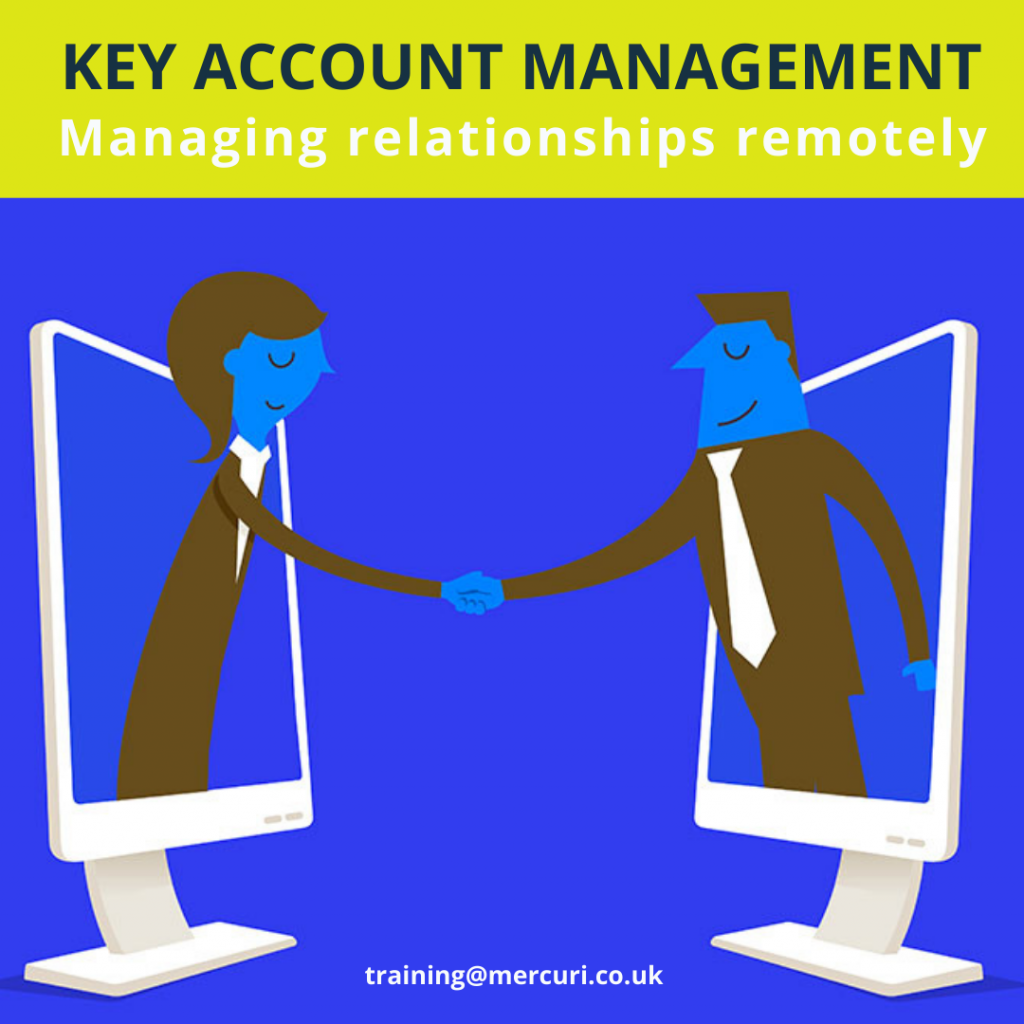Strategic Account Management
Key account management (KAM) is a complex task. Doing it right requires commitment and, above, all, preparation. Here, we outline 20 ways to get the most out of relationships with your top customers:
- Identify your key accounts – Ask your employees who your ten most important customers are and you can be sure to receive countless, often-contrasting replies. One leading chemical company Mercuri International works with received 56 different answers from 10 senior managers to that same question.
- Consider which of your customers you could not afford to lose and what makes them invaluable to your company.
- Effective key account management starts at senior management level so avoid leaving strategic decisions to operational sales people as those that manage such relationships are often too close to their customers to assess their value objectively.
- Initiate high-level agreement on your selection criteria and make sure everyone at your company knows who the key accounts are and why. Top performing organisations consistently recognise their key accounts.
- Once you have identified and nominated a select number of top customers, don’t forget you’ll also need to manage all those “non-key” accounts. The long tail of smaller companies you work with cannot be ignored.
- This may even require a complete review of your distribution strategy for services and products.
A leading US technology corporation started its key account programme with 200 nominated global ac-counts. They soon realised they had far too many and cut that number down to a handful before building it back up again when they had the resources in place. Reviews were done regularly to make sure key accounts were properly identified and communicated properly throughout the company. - Plan effectively – When you plan a key account management process, it is important you include information about the culture and aims of your top customers.
- The process should also contain specific sales and business objectives for the coming year together with stage goals against which the account manager can gauge progress.
- A key account management plan is typically written early in the year. The sales director then signs it off and it is shelved until appraisal time. A dynamic plan, however, is reviewed and examined on a regular basis.
- Mercuri International advocate a 90-30 plan. Plan your actions for the next 90 days and decide what point you want to reach in your relationships with key accounts.
- Every 30 days, review your progress.
- Account management is not the sole responsibility of your account managers. It is imperative they talk to all the stakeholders in the supplier-buyer business relationship.
- Ideally, your plan will be co-authored with your customers and they will have a mirror-image supplier plan. A large European life insurer Mercuri International works with runs a ‘STRAT for NAT’ day once a year, where the key accounts team gets together to review the previous year’s activities and plan what they want to achieve internally. The customer is then brought in after lunch to give insight and the morning’s plan is reviewed and refined later the same day.
- Aim to move away from transactional selling and pro-duct pushing to focus more on what you could be offering to strengthen a long-term relationship with your key accounts.
- You will only be considered a key supplier if the customer understands why your solutions will have a strategic impact on their business.
- Include a broad group of stakeholders in your relationship with the customer.
- The C Suite must be engaged in these conversations.
- Key account managers essentially become CEOs of large virtual teams of people that can number anywhere from 20 to 200.
- There are plans to be implemented, queries answered, complaints resolved, contacts maintained, business trends monitored and orders fulfilled. Sales management authority Andrew Sobell has written extensively on this subject. In his lbook “All For One”, he explains how account managers should lead “many to many” relationships.
- There’s a risk of forgetting a vital part of the relationship: selling. No key account management process can be successful without an important selling component. New contacts should be developed, spending on supplied products increased, complementary products sold and value services added.
Interested?
Join our next Virtual Instructor Led Key Account Management Sales Masterclass:



